Failure is an unavoidable part of any project process: it’s the degree of failure that makes the difference. If a task fails, there are ways to reallocate resources and get back on track. But a systemic collapse will derail the whole project.
Why Is It Important to Analyze Failed Projects?
What good can come from failure? A lot, actually. Sometimes a project reaches too far beyond its means and fails, which is unfortunate but can also serve as a teaching moment. If project managers don’t learn from their mistakes, then they’re not growing professionally and will revisit the same problem in future projects, programs or portfolios.
Project managers and organizations can learn as much, if not more, from failed projects as they can from successful ones as long as the project management office makes project documentation, such as a lessons learned document, at the end of a failed project. A post-mortem analysis should be part of any project plan, and especially so when a project crashes and burns. There are valuable lessons in those ashes.
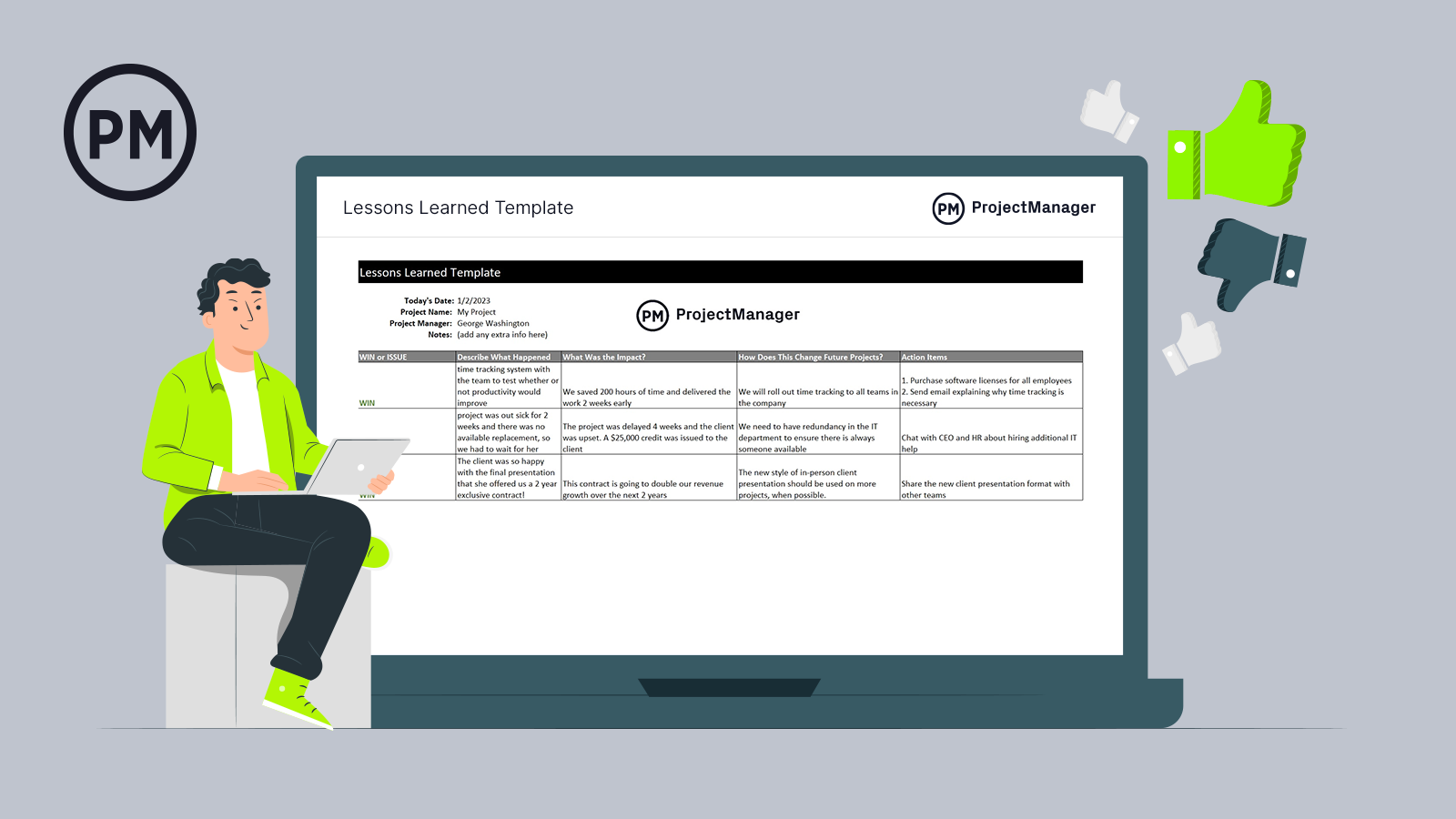
Get your free
Lessons Learned Template
Use this free Lessons Learned Template for Excel to manage your projects better.
5 Most Common Reasons for Failed Projects
Failed projects rarely happen due to a single mistake. Most unsuccessful initiatives share common pitfalls that can be identified and mitigated early. Understanding the main reasons, such as scope creep, resource over-allocation and requirements volatility, helps project managers proactively plan, allocate resources and set realistic expectations to prevent failed projects and achieve business objectives.
Scope Creep
Scope creep in project management occurs when a project gradually expands beyond its original objectives without formal approval. New tasks, features, or deliverables are added incrementally, often without adjusting timelines, budgets, or resources. This uncontrolled growth is one of the most common causes of failed projects, creating confusion, delays and difficulty measuring progress.
It can derail projects by stretching deadlines, inflating budgets and overwhelming teams. When changes accumulate without control, priorities become unclear, deliverables slip and quality suffers. Projects at risk of failure often struggle to meet original goals, making scope creep a leading factor in many failed projects.
Resource Overallocation
Resource overallocation happens when team members or other resources are assigned more work than they can realistically handle. In project management, this imbalance can involve people, equipment or budgets. Effective allocation is critical, as mismanaged resources can slow progress and increase risks, making overallocation a frequent contributor to failed projects.
When multiple projects run simultaneously, overallocated resources lead to delays, mistakes and missed deadlines. Teams stretched too thin cannot maintain quality or efficiency, increasing the risk of failed projects. Burnout, errors and miscommunication further compound these challenges, making proper resource planning essential for project success.
Requirements Volatility
Requirements volatility refers to frequent or unpredictable changes in a project’s goals, deliverables or scope during execution. Often caused by evolving client needs, market shifts, or incomplete initial requirements, this instability can disrupt planning, resource allocation and team alignment, making it a common cause of failed projects.
Constant requirement changes create confusion, delay timelines and inflate costs. Teams may struggle to adapt, leading to rework, missed objectives and compromised quality. Without proper change management, projects experiencing high requirements volatility are at significantly higher risk of failure, making it a major reason for failed projects.
Cost Overrun
A cost overrun occurs when a project exceeds its planned budget due to underestimation, unexpected expenses, or poor financial tracking. In project management, uncontrolled costs are a leading factor in failed projects. Monitoring budgets, forecasting accurately and accounting for contingencies are essential practices to prevent cost overruns from undermining project success.
Cost overruns directly threaten project viability. When expenses exceed budgets, resources may be reallocated, deliverables cut or project scope reduced, leading to compromised quality. Persistent overspending can erode stakeholder confidence and result in project termination. Many failed projects cite cost mismanagement as a primary reason for not meeting objectives or achieving intended value.
Project Schedule Slippage
Project schedule slippage occurs when planned tasks or milestones fall behind their intended timelines. In project management, delays can be caused by resource conflicts, scope changes or unforeseen risks. If not addressed, schedule slippage can compound, affecting other tasks and making it one of the most common causes of failed projects.
When project timelines slip, deliverables may miss deadlines, dependencies are disrupted and costs can escalate. Extended schedules strain resources and create pressure on teams, increasing errors and reducing quality. Persistent schedule delays often result in unmet objectives, stakeholder dissatisfaction and in many cases, failed projects that never deliver the intended outcomes.
20 Top Failed Projects from History
Let’s look at the most notorious failed projects, not to gloat, but to see what they can tell us about project management.
1. Sony Betamax
The word Betamax has become almost synonymous with failure. But when it was first released, Betamax was supposed to become the leader in the cassette recording industry. Developed by Sony, Betamax was introduced in the mid-1970s but was unable to get traction in the market, where JVC’s VHS technology was king.
Surprisingly, Sony continued to produce Betamax all the way into 2016. Long before it discontinued the technology, Betamax was already irrelevant.
The Lesson
Betamax was an innovative product and it even got to market before VHS. But soon the market had options that were cheaper and better than Betamax, making it a failed project. Sony’s mistake was thinking that the project was complete once the product went to market. Project managers need to always follow up on their work, analyze the data and make an evaluation about what needs to be done to keep the project relevant.

2. New Coke
Coca-Cola is one of the most iconic brands in the world. It’d take a lot to tarnish that reputation. But that’s just what happened when New Coke was introduced in 1985. People didn’t know why the Coke they loved and drank regularly was being replaced.
The company knew why. They were looking to improve quality and make a splash in the marketplace. The fact is, New Coke sunk like a stone. It wasn’t like New Coke was just released without doing market research, though it might seem that way. In fact, the new recipe was tested on 200,000 people, who preferred it to the older version.
But after spending $4 million in development and losing another $30 million in backstocked products, the taste for New Coke evaporated as it reduced the available resources for the execution of Coca Cola’s entire project portfolio at the time. Consumers can be very loyal to a product, and once they get into a habit, it can be very difficult to break them off it in favor of something different.
The Lesson
It’s not that Coca-Cola neglected market research to see if there was a need to develop a new product, but they were blind to their own customers’ motivations. New Coke was a failed project because the researchers needed to do more than a mere taste test.
They needed to understand how people would react when the familiar Coke they loved would be discontinued and replaced by a shiny new upstart. Market research must be handled like a science and an art—and worked into the project plan accordingly.
One lesson is that project management software decreases the chance of a failed project. ProjectManager is award-winning project management software that allows you to monitor your work in real time to make more insightful decisions that can keep failure at bay. Use our real-time dashboards to track the health of your project, including such important key performance indicators (KPIs) as time, cost and more. There’s no time-consuming setup required as with lightweight software. Our dashboard is ready when you are. Get started with ProjectManager today for free.
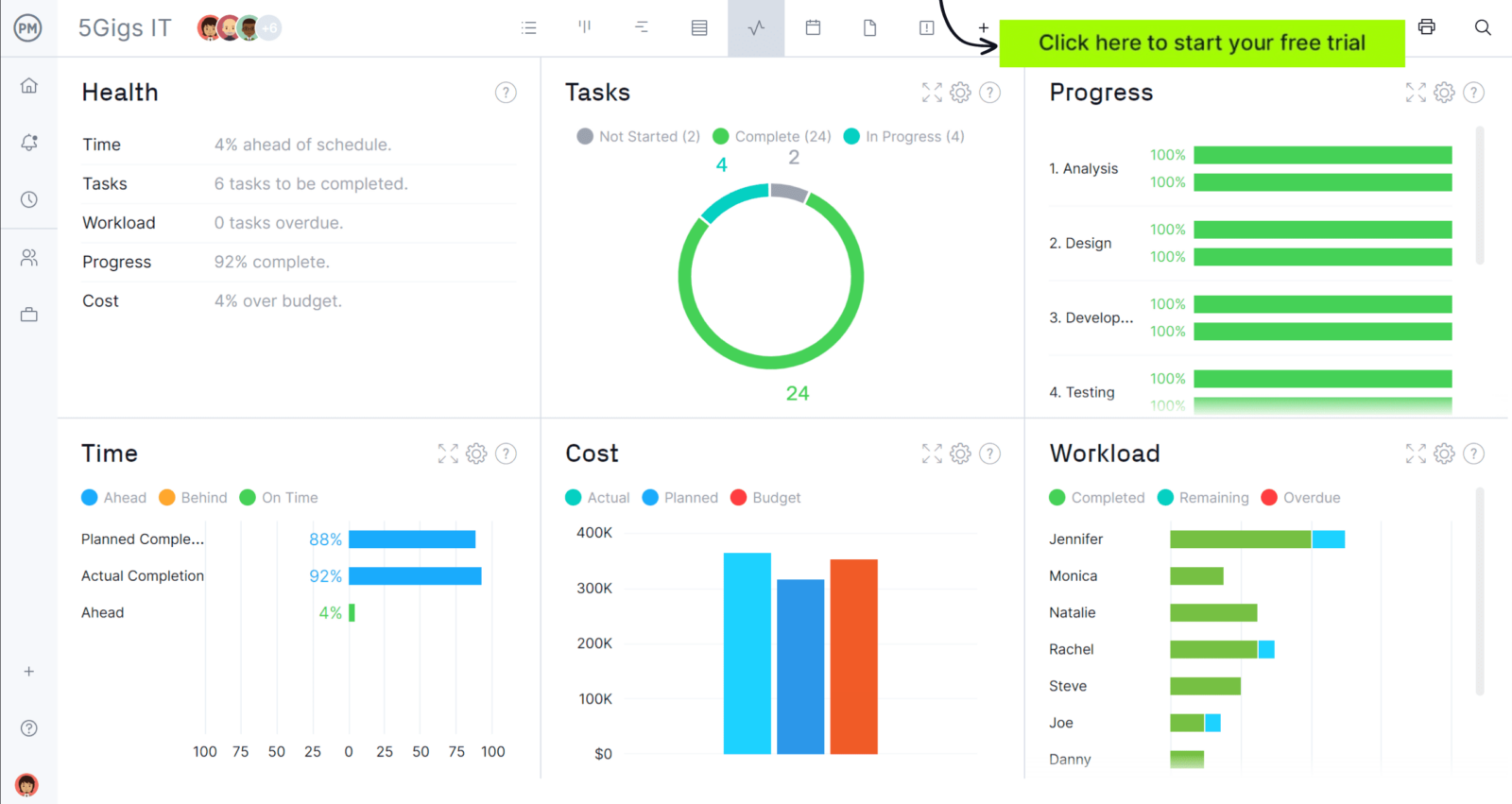
3. Pepsi Crystal
In 1992, Pepsi launched Pepsi Crystal. It was a unique soft drink in that there was no color. It was as clear as water. Pepsi hoped to take advantage of the growing trend for purity and health. Pepsi marketed the new drink as pure, caffeine-free and an alternative to the unhealthy traditional colas.
At first, sales looked good. The first year saw about $470 million in sales. Consumers were curious to find out if the taste was the same as Pepsi, which it was. Other colorless soft drinks started to introduce themselves to the market, such as 7Up and Sprite. But what Pepsi and the copycats didn’t take into account was how much sight influences flavor. Consumers found the product bland and sales tanked.
Pepsi Crystal was mocked on Saturday Night Live and Time Magazine listed it in its top-10 marketing failures of the 20th century.
The Lesson
Pepsi made the mistake of ignoring all the senses that are involved in the consumption of their product. They should have done more testing. If so, they would have realized the importance of the look of the product. Pepsi Crystal thought that a clear-looking liquid would indicate a healthy one, but what was registered by the majority of users was a bland one.
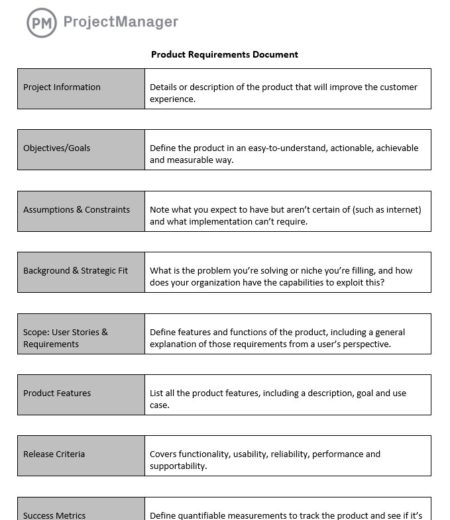
4. Concorde
The Concorde supersonic jet was a technological marvel, capable of flying faster than the speed of sound, but it struggled commercially. High operating costs, limited passenger capacity, environmental restrictions and safety concerns prevented it from turning a profit. Only 20 aircraft were ever built, and it eventually ceased operation.
The Lesson
Even groundbreaking innovations can fail if there isn’t a sustainable business model. Projects must balance technical feasibility with market demand, cost structures, and operational realities to avoid becoming failed projects.
5. Ford Edsel
Ford released its Edsel model in 1957. Since then, the name has become synonymous with project planning failure. That’s an accomplishment, but not the type that Ford was hoping for. This was supposed to be the car for the middle class and Ford invested $250 million into the Edsel.
Ford ended up losing $350 million on the gas-guzzler that the public found an unattractive alternative to other cars on the market. Part of the problem was that the first Edsels had oil leaks, hoods that stuck, trunks that wouldn’t open and more issues that soured consumer confidence in the product.
The Ford was a lesson in egos at the company ignoring what the research was telling them. Ford conducted many polls to find out what Americans wanted in a car, including a name. But executives went with Edsel. The design of the car didn’t even consult the polls.
The Lesson
If you’re going to do polling on what the public wants, it is a poor decision to ignore that data. So much time and effort went into coming up with the name, even hiring modernist poet Marianne Moore (who came up with nothing marketable), that Ford neglected to determine if there was even a market for this new car.
To better analyzed your own projects, try our free lessons learned template for Excel. Use it to identify what worked, what didn’t work, various impacts and what you can do better next time. Download yours for free today.

6. Airbus A380
Boeing’s Airbus A380 was viewed as a way for the company to outdo the 747. It spent more than $30 billion on product development in the belief that the industry would embrace a bigger plane that could hold more passengers and increase revenue.
In fact, the Airbus A380 has sold well short of its predicted 1200 units. The plane was headed for the scrap heap as it faced obstacles such as airports having to build special infrastructure and gates to accommodate that massive plane. Those project costs would be handed back to the airlines. That’s going to sour the deal and it did.
Then there were the technical issues. Qantas had to ground its entire A380 fleet after an engine blew up. You’d think that engineers would have thought beyond having more passengers seated on a bigger plane. But they didn’t.
The Lesson
The biggest lesson is that just because you build it doesn’t mean that anyone is going to want it. There wasn’t the demand Boeing believed there to be. Industries and markets are fickle. Just because airlines say they want something today doesn’t mean they’ll want it tomorrow. Boeing should have hedged its bets.

7. Big Dig (Boston Central Artery/Tunnel Project)
The Big Dig aimed to reduce traffic congestion in Boston but became infamous for massive cost overruns, safety issues and delays. Poor planning, political pressure, unforeseen engineering challenges and coordination difficulties with multiple contractors caused costs to skyrocket to over $14 billion.
The Lesson
Large-scale infrastructure projects need realistic budgets, robust planning and comprehensive risk management. Without these, even necessary public projects can become failed projects that drain resources and damage public trust.
8. Healthcare.gov
The launch of Healthcare.gov in 2013 faced severe technical issues, crashing repeatedly under heavy traffic. Poor project coordination, lack of end-to-end testing, and insufficient communication between contractors contributed to a high-profile failure, frustrating millions of users and attracting national scrutiny.
The Lesson
Thorough testing, phased rollouts and clear stakeholder communication are critical. Even high-profile government initiatives can become failed projects when technical preparedness and execution planning are inadequate.
Related: 18 Free Stakeholder Management Templates for Excel & Word
9. World Athletics Championships 2019
Doha is the capital of Qatar and the site of the World Athletics Championships in 2019. The world’s best athletes went there to compete against one another, but the big event turned out to be an even bigger dud.
The problem was that the host nation was unable to sell most of the tickets to the event. Some of the greatest athletes in the world were forced to compete in stadiums that were nearly empty. It was a failure and an embarrassment.
The Lesson
Money is needed to plan for an event, but that investment is no guarantee that people will show up. The mistake was thinking there was a large enough fanbase to sell all the tickets. We keep coming back to this, but it deserves to be mentioned again: research is critical. It wouldn’t have taken much to determine if there were enough interested people to bring a return on the investment.

10. Garden Bridge
Vanity projects tend not to care about success or failure. They’re driven by ego and such was the case with the Garden Bridge. It was the brainchild of Boris Johnson when he was Mayor of London.
This construction project cost 53 million pounds, which is a lot of money, especially when considering it was never even built. The idea of a bridge made of gardens for city dwellers to enjoy is fine, but the over-optimistic fundraising targets and the ballooning costs led to its spectacular failure.
The Lesson
Projects must be realistic. It’s good to remember SMART goals, which is an acronym for specific, measurable, achievable, relevant and time-bound. If the project followed those constraints it might have been built or passed on before all that money was spent.
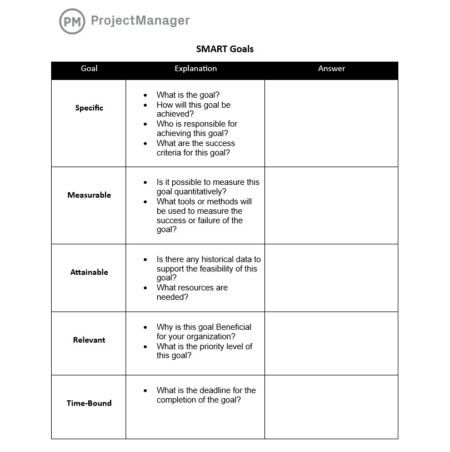
11. Apple Lisa
Before Apple became synonymous with the personal computer (and long before popular products such as the iPhone), it released Lisa. It costs $10,000 with a processor of 5 MHz and 1 MB of RAM. The first model sold only 10,000 units.
Lisa was fated to fail because it was really a prototype. It was marketed as a game-changer in 1983 from its popular, but command-line-based Apple II. The price is certainly one reason why this was not a realistic personal computer, but there were technical issues. It had an operating system that could run multiple programs but was too powerful for its processor. Lisa ran sluggishly.
The Lesson
The truth is Lisa was less a failure than an expensive lesson. Lisa led to the Macintosh, which was basically a less expensive and more effective version of Lisa. The lesson here is that one can learn from failure if it doesn’t bankrupt the company, that is.
12. Boeing 737 MAX
The Boeing 737 MAX was designed to be a competitive, fuel-efficient aircraft, but software flaws led to two fatal crashes and a worldwide grounding. Investigations revealed inadequate pilot training, miscommunication within teams and insufficient testing of automated systems.
The Lesson
Safety-critical projects require rigorous validation, transparent communication and strict adherence to regulatory standards. Cutting corners or rushing development can transform ambitious projects into failed projects with devastating consequences.
13. Dyson Electric Car
After four years and millions of dollars, James Dyson canceled his electric car project. It took that long to realize it wasn’t commercially viable. There is certainly a growing market for electric cars as the industry is motivated by consumers and government regulations to move from fossil fuels to more energy-efficient and sustainable alternatives.
There’s a boom in the production of electric cars, from major manufacturers such as Chrysler and Ford to startups such as Tesla. But sometimes the time isn’t right and no matter how good the idea is, it’s just not meant to be.
The Lesson
Timing is everything. But it’s also important to note how difficult it is to penetrate a market with established players. It takes a lot of capital and manufacturing expertise to start a car company and be competitive.
Related: 10 Free Manufacturing Excel Templates
14. Stretch Project
The Stretch project was initiated in 1956 by a group of computer scientists at IBM who wanted to build the world’s fastest supercomputer. The result of this five-year project was the IBM 7030, also known as Stretch. It was the company’s first transistorized supercomputer.
Though Stretch could handle a half-million instructions per second and was the fastest computer in the world up to 1964, the project was deemed a failure. Why? The project’s goal was to create a computer 100 times faster than what it was built to replace. Stretch was only about 30-40 times faster.
The planned budget was $13.5 million, but the price dropped to $7.8 million; so the computer was at least completed below cost. Only nine supercomputers were built.
The Lesson
While the project was a failure in that it never achieved the goal it set, there was much IBM could salvage from the project. Stretch introduced pipelining, memory protection, memory interleaving and other technologies that helped with the development of future computers.
Creative work is rooted in failure specifically because of the serendipitous discovery that occurs. This was a creative project, which might not have met its paper objective, but created a slew of useful technologies. So, aim for your goal, and who knows what good things you’ll discover along the way.
15. Denver International Airport Automated Baggage System
The airport attempted to implement a fully automated baggage system, but technical glitches, unrealistic timelines and poor integration caused widespread delays and partial manual operation for years. Costs ballooned far beyond initial estimates and the project became a cautionary tale.
The Lesson
Over-automation without proper testing and contingency plans can backfire. Complex projects benefit from phased implementation, realistic scheduling and risk mitigation to avoid failed projects that waste resources.
16. FBI Virtual Case File (VCF)
The FBI’s VCF project aimed to modernize its case management system but failed due to vague requirements, frequent scope changes and vendor mismanagement. The software was never fully deployed and the FBI had to start over with a new solution.
The Lesson
Clear requirements, stakeholder engagement and strong vendor oversight are essential. Even large government projects can turn into failed projects when planning and communication are insufficient.
17. Challenger Space Shuttle
The worst failure is one that results in the loss of life. When you’re dealing with highly complex and dangerous projects like NASA, there’s always a tremendous risk that needs to be tracked. On January 28, 1986, that risk became a horrible reality as the space shuttle Challenger exploded 73 seconds after launch.
The cause was a leak in one of the two solid rocket boosters that set off the main liquid fuel tank. The NASA investigation that followed said the failure was due to a faulty designed O-ring seal and the cold weather at launch, which allowed for the leak.
But it was not only a technical error that NASA discovered but human error. NASA officials went ahead with the launch even though engineers were concerned about the safety of the project. The engineers noted the risk of the O-ring, but their communications never traveled up to managers who could have delayed the launch to ensure the safety of the mission and its astronauts.
The Lesson
Managers are only as well-informed as their team. If they’re not opening lines of communication to access the data on the frontlines of a project, mistakes will be made, and in this case, fatal ones.
18. Computerized DMV
No one loves the DMV. If they were a brand, their reputation would be more than tarnished, it’d be buried. But everyone who drives a vehicle is going to have some interaction with this government agency. Unfortunately, they didn’t help their case in the 1990s when the states of California and Washington attempted to computerize their Departments of Motor Vehicles.
In California, the project began in 1987 as a five-year, $27 million plan to track its 31 million drivers’ licenses and 38 million vehicle registrations. Problems started at the beginning when the state solicited only one bid for the contract, Tandem Computers, locking the state into buying their hardware.
Then, to make things worse, tests showed that the new computers were even slower than the ones they were to replace. But the state moved forward with the project until 1994 when it had to admit failure and end the project. The San Francisco Chronicle reported that the project cost the state $49 million, and a state audit found that the DMV violated contracting laws and regulations.
The Lesson
The problem here is a project that isn’t following regulations. All projects must go through a process of due diligence, and legal and regulatory constraints must be part of that process. If the state had done that and the contract bidding process invited more than one firm to the table, then a costly mess could have been avoided, and our wait at the DMV might actually have become shorter.
19. Queensland Health Payroll System
The Queensland Health Payroll System was designed to automate payments for thousands of employees but caused widespread errors, overpayments and underpayments. Poor testing, inadequate change management and system complexity led to operational chaos and financial losses.
The Lesson
Large-scale IT implementations require comprehensive testing, robust change management and careful contingency planning. Neglecting these factors can transform high-stakes projects into failed projects that disrupt essential operations.
20. IBM Watson for Oncology
IBM Watson for Oncology aimed to revolutionize cancer treatment using AI, but it failed to consistently deliver actionable results. Incomplete data, unrealistic expectations and over-promising of capabilities led to disappointing outcomes and skepticism from the medical community.
The Lesson
AI and data-driven projects must balance innovation with practical application. Overpromising capabilities without thorough validation can make even high-profile projects fail, damaging credibility and future adoption.
How ProjectManager Prevents Failed Projects
ProjectManager keeps your projects from failing with a suite of project management tools that shepherd your project from initiation to a successful close. Plan, schedule and track work, while managing teams, with our online software.
Plan Every Last Detail
Successful projects begin with a strong plan. But it can be hard to keep all those tasks and due dates working together on a realistic schedule. What if some tasks are dependent? It gets complicated. But ProjectManager has an online Gantt chart that plots your tasks across a project timeline, linking dependencies and breaking projects into digestible milestones.
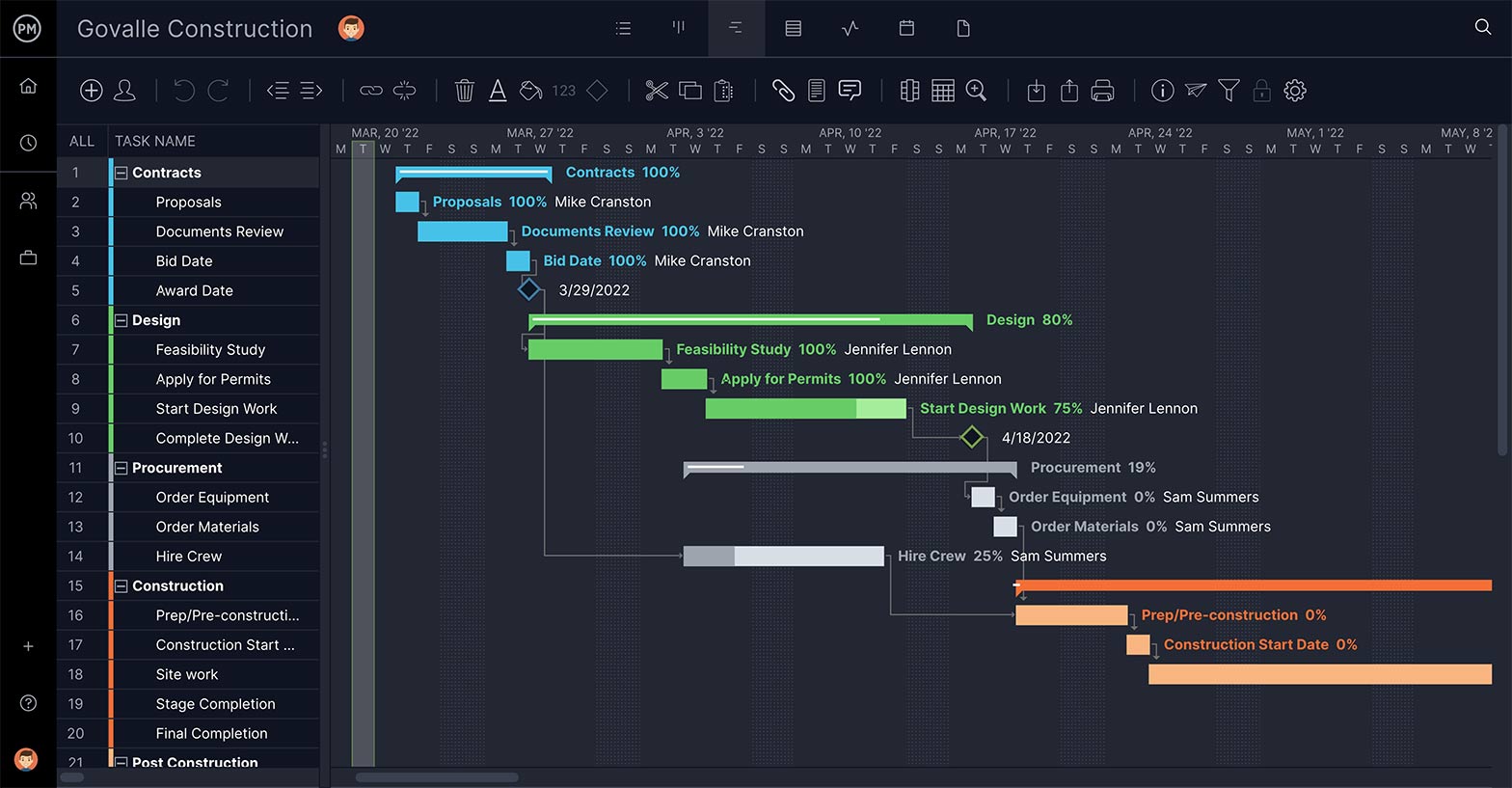
Track Progress as It Happens
ProjectManager keeps you on track with high-level monitoring via its real-time dashboard and more detailed data with one-click reporting. Now when projects start to veer off-track, you can get them back on course quickly.
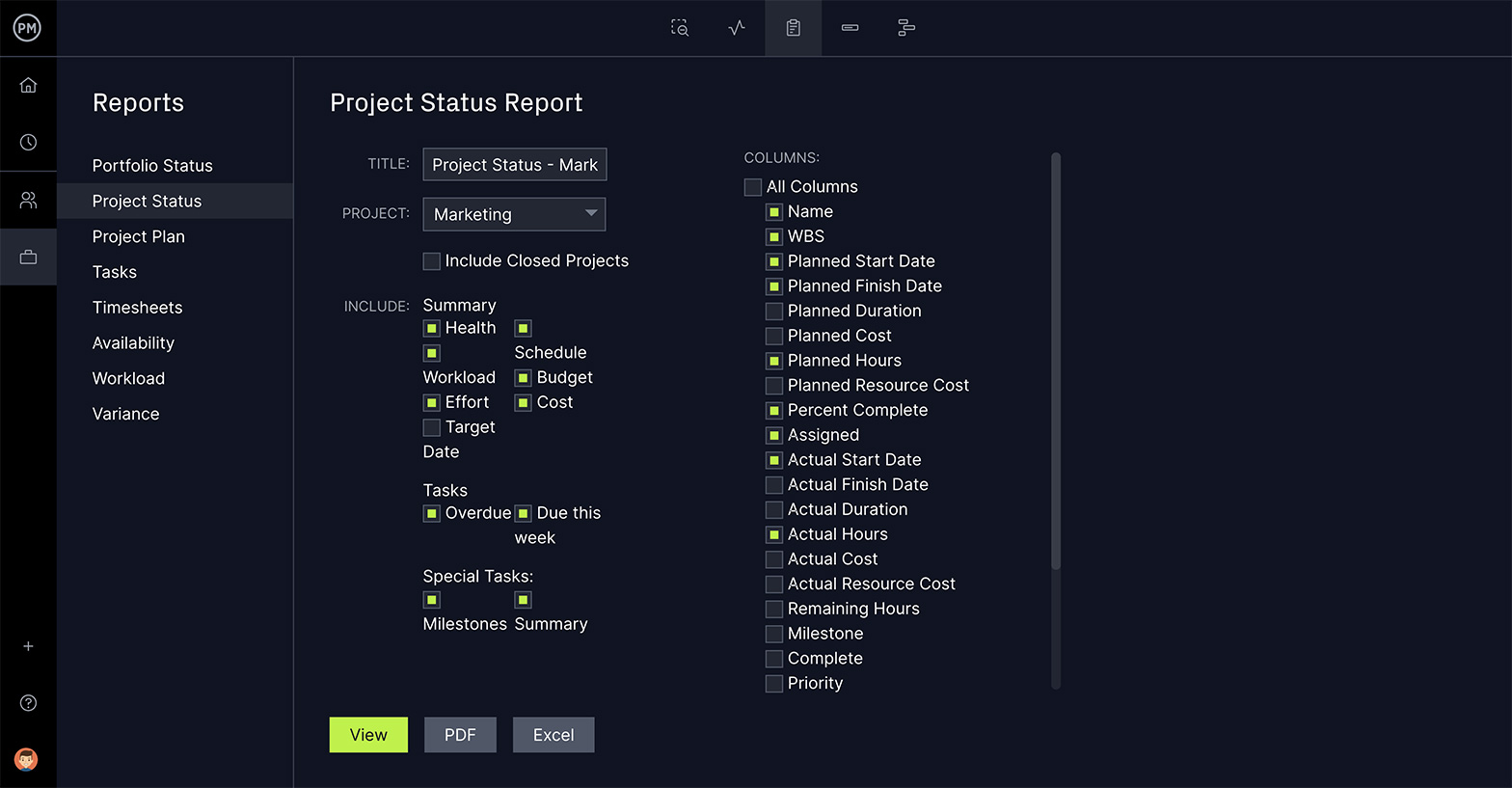
While we didn’t have an example, there are many projects that fail because they’re not equipped with the right tools for the job. ProjectManager is online project management software that gives project managers and their teams everything they need to plan, monitor and report on their project. Don’t let your next project fail; try ProjectManager with this free 30-day trial.

